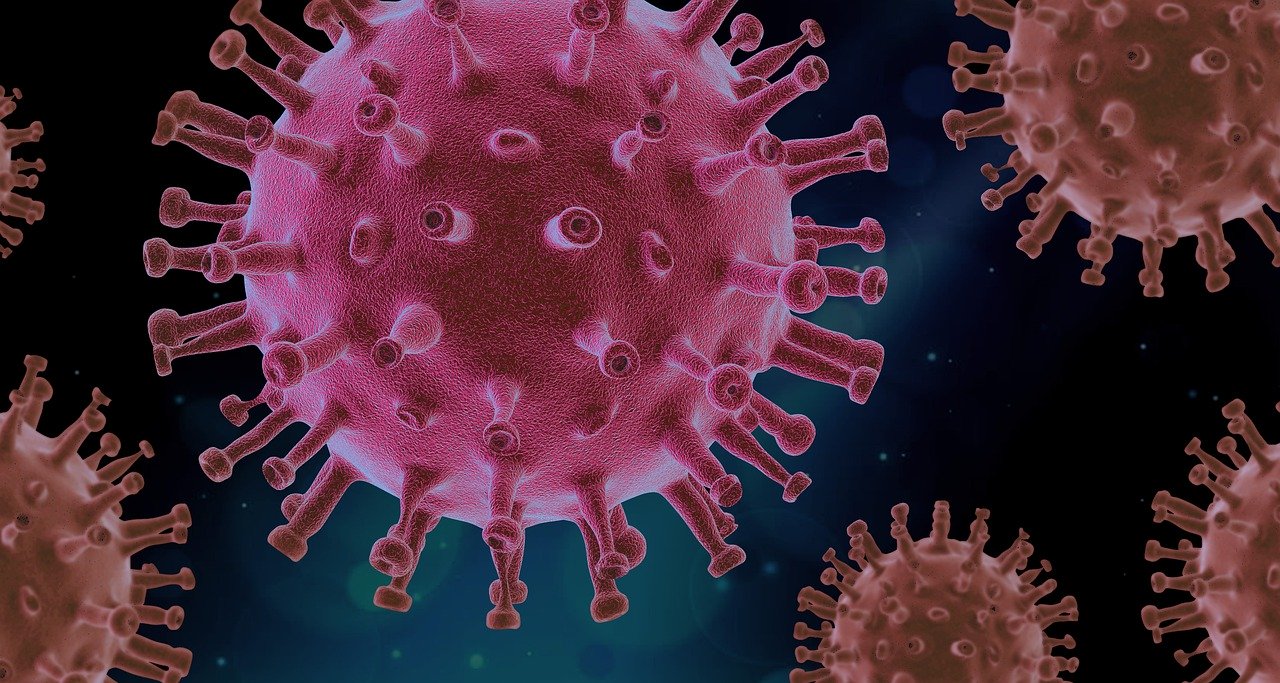Quantum computing has been making headlines around the world as companies make breakthroughs and achieve so-called “quantum supremacy.” In Google’s attainment of quantum supremacy, its quantum computer solved an extremely complex problem in a matter of minutes for which a traditional supercomputer would have required thousands of years.
While still in want of the reliable, consistent accuracy that would recommend them for regular use, quantum computers have applications in many perhaps unexpected fields, including in the health industry, where their use in virology and epidemiology could be of particular benefit. Here is a look at how quantum computing might be useful in these areas of study.
Understanding Quantum Computing
Quantum computers differ from traditional supercomputers in several ways. The main difference involves the way in which they process and transmit information and perform calculations. A traditional supercomputer uses binary bits to transmit information, translating it into binary code by using sequences of 0s and 1s. The potential for quantum computers to have greater computational power than supercomputers lies primarily in the way they translate information. A quantum computer uses quantum bits, also known as qubits, to transmit and process information.

Unlike binary bits, qubits can exist as both a 0 and a 1 simultaneously, effectively increasing exponentially the computational power of a quantum computer over a traditional supercomputer. Known as superposition, this quality is the essential component of the quantum computers’ capacity for increased speed and processing power. For each available qubit, a quantum computer has four times the power of a binary bit, which contributes to the exponential growth in its computational power. Unlike with binary bits, which must choose (in a way) whether to represent a 1 or a 0, qubits can be both 0s and 1s at the same time. The ability to explore multiple solutions simultaneously and find the optimal choice gives quantum computers the potential for great computational power.
What Are the Fields of Virology and Epidemiology?
Arguably less well known than broader practical disciplines like dentistry or oncology, virology is often regarded as a sub-discipline of microbiology or pathology and concerns itself with the study of viruses or virus-like agents. This study encompasses viruses’ cultivation, disease-producing properties, genetics, and taxonomy. Epidemiology is a related field that involves the study of distribution patterns and risk factors or causes of diseases, viruses, or other health-related events. Virologists and epidemiologists, as well as other researchers, study the spread of viruses, known as viral diffusion, and often use artificial intelligence or other computational tools to anticipate how viruses will behave as they spread.
The Importance of Viral Diffusion
The study of viral diffusion is an important way to stay ahead of potentially deadly epidemics. It is not uncommon to use different types of mathematical models to provide accurate representations of how a virus might spread in the real world. A problem with these models, however, is that they are considered “computationally expensive” and require an impractical amount of computational power, making them generally impractical and infeasible for large-scale networks. New research into alternative techniques shows that capitalizing on the power of quantum computing can make the process of mathematically modeling viral diffusion simulations in a way that makes it more feasible for these large-scale networks.
Predicting the path that viral diffusion will take through different networks is important to researchers like epidemiologists and virologists who aim to curtail if not stop altogether the spread of disease via inoculation before it moves through specific areas. While classical computing does not offer an effective way to model likely viral diffusion paths, quantum computing has that potential.
The qubits and their important superposition quality allow for two different ways to assist with modeling viral diffusion. Using the ability of a qubit to exist both as a 0 and a 1 simultaneously or using multiple qubits and splitting algorithms across them to be processed in parallel are both ways that quantum computing could solve the difficult problem of computational complexity in this type of mathematical modeling.
Future Quantum Computational Applications
Although a consistent reliance on quantum computing in practical, real-world applications still remains in the future, studies that have explored new ways to harness the power of quantum computing to solve important problems like keeping up with inoculation in the face of a viral epidemic or other health-related emergency event show real promise. As quantum computing continues to stabilize and improve, we may soon see truly practical applications for this important source of computational power.

